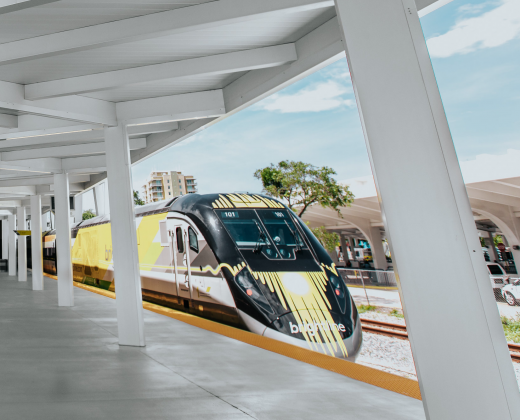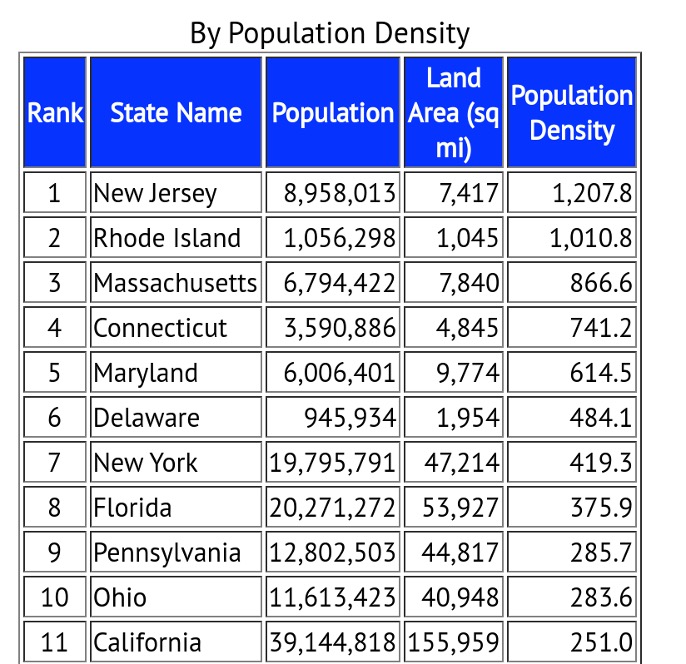
Mr. Knox White was born in Greenville, South Carolina. A graduate of Wake Forest University with a B.A. in History and the University of South Carolina School of Law he is a partner in the law firm Haynsworth, Sinkler & Boyd and specializes in immigration and customs. Mr. White was elected to the Greenville City Council in 1983 and served as an at-large member until 1993. In 1994 he was elected Mayor and has served as Greenville’s mayor for the last twenty-five years, a longer tenure than any other mayor of Greenville.
During his time as Mayor of Greenville, Mr. White oversaw the development of several projects that transformed downtown Greenville from a place where crime, prostitution and drugs where prevalent during the 80’s and 90’s, into a place where people today can live, work and play. In 2020 Greenville was recognized as the #6 Best City in the U.S. according to Conde Nast Traveler’s 2020 Readers Choice Awards.
Mr. White’s most notable redevelopment accomplishments in downtown Greenville include:
- River Falls Park
- Redevelopment of the Historic Poinsett Hotel
- Fluor Field: Downtown Baseball Stadium
I had the privilege of meeting Mr. White for coffee when I was in Greenville in August. Our mutual friend Steven Wernick, who lives in Miami as well, discovered Greenville around the same time I did and was equally impressed with the city. Mr. Wernick’s curiosity about the downtown Greenville’s redevelopment led to a friendship with Mr. White. Mr. White was gracious enough to spend almost an hour with me talking about downtown Greenville’s transformation. The little time I spent with him I found him to be energetic, present and he seemed like a man that deeply cared about his community and wanted to share Greenville’s unique story. As busy as he is, Mr. White took the time to meet with me. The famous southern hospitality was in full effect and I am grateful to have him as a new visionary friend whom I can learn from. Seems like we could all use more visionary elected officials in this world like Mr. White who unselfishly puts their community first.
The Visionary

The City
Greenville, SC
Population: 71,000 (est.)

A Conversation With Mr. White
Stoic Urbanist: What is a regular day for you? Do you have a morning routine?
Mr. White: Mornings consist of an exercise routine at least three days a week. Usually I’ll do some cardio, mixed in with some weight training, which I’ve been doing for as long as I can remember.
I tend to divide my days into proactive and reactive meetings. Mornings are reserved for proactive meetings which I tend to schedule with neighborhood leaders, entrepreneurs, developers, etc. We usually meet for coffee.
Afternoon meetings are usually reactive meetings which means I’m trying to put out a fire or resolve issues that have come up.
Stoic Urbanist: What motivated you to run for public office?
Mr. White: Current events were always an interest of mine even at an early age. In sixth grade I volunteered for my first political campaign. I was elected Homeroom President, as well as Student Body President, in high school. I attended college at Wake Forest University where I was class President and Student Government Vice President. I always pushed myself to think outside the box and took pride in working with others to implement new ideas. After college I went to Washington D.C. to work on Capitol Hill as an aid to Rep Carroll Campbell (later Governor of South Carolina).
While attending high school in Greenville I worked on political campaigns and volunteered for organizations that aligned with my values and interests at the time. Throughout the 1970’s I would regularly take the bus to downtown Greenville to volunteer for the campaign I was working on. Campaign headquarters were almost always located downtown because it was the least expensive real estate in the city. I witnessed the decline of downtown Greenville firsthand as shopping malls with department stores started opening on the outskirts of the city, which led to the decline of retail and empty storefronts in downtown. At a young age I was very aware of the changes happening in our city.
Stoic Urbanist: What was the tipping point in downtown Greenville that set the city on its new path to becoming one the best cities to live in the US?
Mr. White: The removal of Camperdown Bridge and the opening of Falls Park on the Reedy was the tipping point for downtown Greenville’s revitalization. Every city has an asset or assets that need to be cultivated. Greenville’s greatest asset was Reedy Falls and the river itself. Falls Park on the Reedy quickly became central to Greenville’s identity. Shortly after inaugurating Falls Park, we began to see evidence of tourism coming to downtown, something we had never seen before. The opening of Falls Park exceeded everyone’s expectations and has really helped drive the growth of our city center.
Another overlooked, but central piece, to downtown’s boom was our commitment to build mixed-use developments which led to a critical mass of housing and people living in our central business district. In order to build this critical mass, Greenville worked with pioneer developers that shared our vision. We worked with developers that shared our same vision and partnered with them on city-owned vacant land with the understanding that they would build housing with retail on the ground floor and housing above. By bringing people and “more eyes on the street” to downtown it helped make the central business district a safer place to live, work and play. With a critical mass of people working and living downtown, new retail establishments began to open in order to support the needs of residents and employees that commuted to work daily to downtown.
Stoic Urbanist: Tell us about the sixty-acre park Greenville is in the process of developing just outside of downtown Greenville. How did this idea come about?
Mr. White: The City of Greenville is turning 60 acres of neglected lowland just west of downtown Greenville into Unity Park. At the park’s center will be a 10-story, lighted observation tower. Another large-scale pedestrian bridge will span the Reedy River where hidden wetlands will be put on display. There will be a playground with water jets, a gathering hall, vast lawns, and business and recreation inhabiting historic warehouses along the Swamp Rabbit Trail.
The city spent decades assembling land in the area that had long been a dumping ground for the city. The African American neighborhood that was adjacent to the neglected river area where the city for decades operated a jail, landfills, and even tossed junked vehicles!
The area has a history — a not-so-good history. It was a throw-away zone. This is a part of healing in the community and the park’s name speaks for itself. The city of Greenville will also build hundreds of affordable housing units surrounding the park which will blend with the existing fabric of the neighborhood.

Stoic Urbanist: If you didn’t live in Greenville, what other city would you consider living in and why?
Mr. White: I do love the Raleigh-Durham area. The area has great schools and parks. I’m also a big fan of Boulder, CO. Spending time in the mountains and nature is a big draw for me.
Stoic Urbanist: What will be the biggest challenges/growing pains Greenville will face in the coming decades?
Mr. White: As people and businesses continue to move to Greenville, transportation and affordable housing will become Greenville’s toughest challenges going forward. The city of Greenville is working with developers to come up with creative affordable housing solutions and we will likely expand our current downtown form-based code to other areas of the city. Downtown Greenville does not require parking for new developments and we would like to extend this parking policy to other neighborhoods, which in theory, should make housing more affordable if lenders are willing to lend on projects that don’t require on-site parking. Housing and transportation go hand in hand. There is no easy solution, but we’re doing what we can to make it easier and less expensive to build so that housing remains affordable. By encouraging density, mixed-uses and walkability our hope is that our residents will rely less on their cars.
Stoic Urbanist: What hobbies or interests do you have?
Mr. White: The city is my hobby and a passion of mine. I love exploring, walking and observing things on the ground for myself. Observation is extremely powerful and we can all learn a lot from taking the time to observe our surroundings and being present.
Stoic Urbanist: What is the book (or books) you’ve given most as a gift, and why? Or what are one to three books that have greatly influenced your life?
Mr. White: Reimagining Greenville, Building the Best Downtown in America is a book that I wrote with John Boyanski. It’s probably the book I have gifted the most. I’m very passionate about sharing downtown Greenville’s story with others and it’s a story that needs to be shared so other cities can learn from our mistakes as well as all our successes.
I’m a voracious reader, particularly non-fiction, biographies and history. I have a strong interest in China and Chinese history and have travelled to China 14 times.
The book that has probably had the biggest impact on me and provided a path to reimagining downtown Greenville is The Death and Life of Great American Cities by Jane Jacobs. If you’re a city leader, developer or planner this is a must read book.
Our Towns: A 100,000 Mile Journey into the Heart of America by James Fallows is another one of my favorite books about American cities.
Stoic Urbanist: What is one of the best or most worthwhile investments you’ve ever made?
Mr. White: Downsizing our suburban sprawl style home and moving to a zero-lot line, new urbanist master planned community, just outside of downtown Greenville. I’m now just a short drive from Greenville’s central business district. We have a city park and business center that is integrated within our community. It feels like living on a college campus. It’s walkable and I’m always running into my neighbors and having spontaneous conversations. The best part is there is no more yard work to be done! With the sale of our suburban sprawl home, we were also able afford a small second home in the mountains. My wife and I love to hike and to be in nature, so we try to get up into the mountains on the weekends whenever we can.











